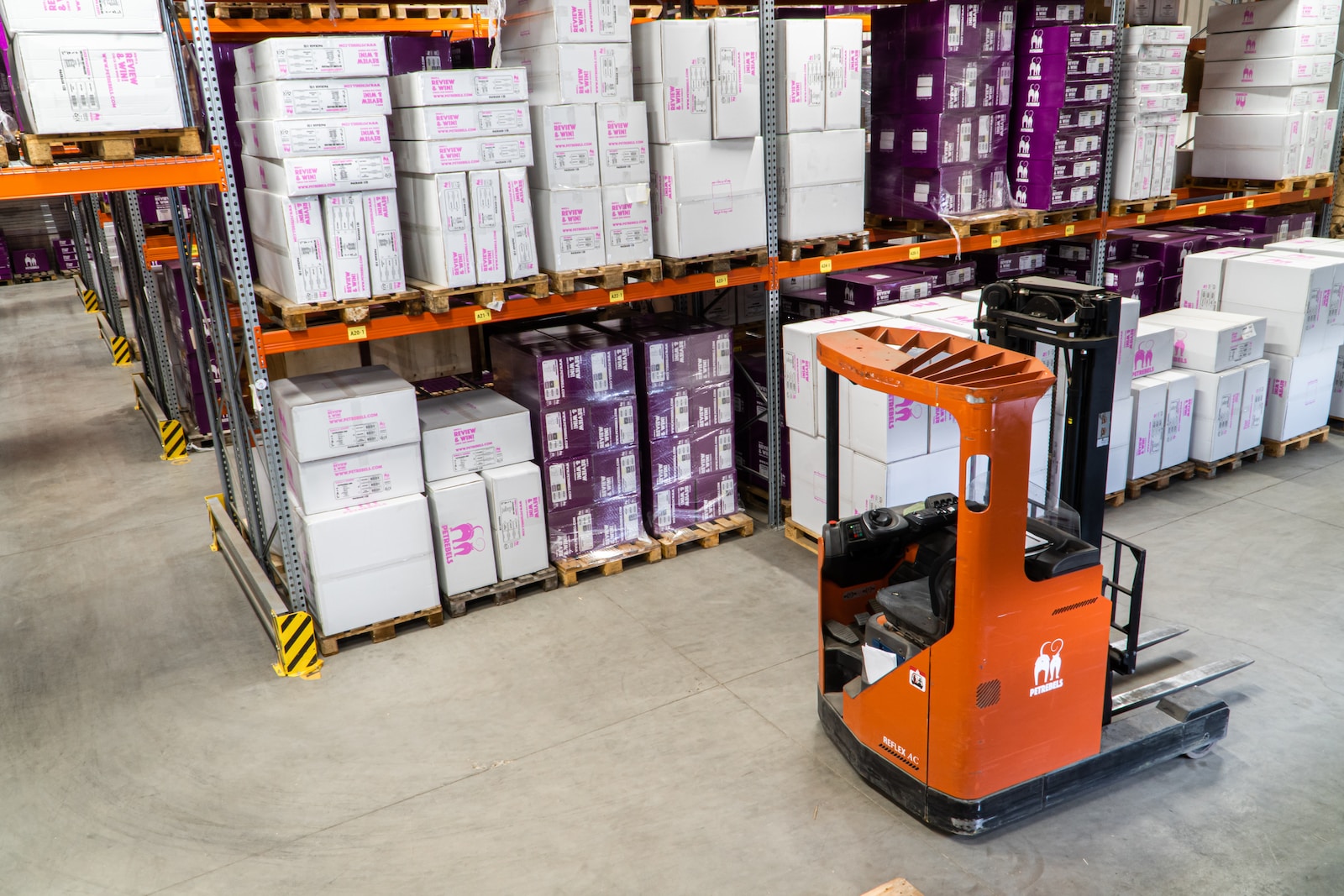Last Updated on November 23, 2023 by Madelein Wolfaardt
Save time and money by avoiding common inventory mistakes, like untrained employees and a lack of performance tracking.
BY BRIAN SUTTER
Inventory is arguably the most important part of your business. When products are bought and sold, they generate the revenue you need to keep your company afloat. However, inventory is a more complicated subject than it may seem.
The reason is that sales numbers aren’t the only factor that impacts your bottom line. Inventory-cost reduction is just as important; and you may not be doing it right. Are you making these five inventory-management mistakes?
1. Performance measurements are lacking.
You may already be aware of growing issues with performance in your organization. How can you fix problems when you have no standards in place — no measure of customer service, inventory turns or warehouse efficiency?
A good place to start is to initiate mandatory tracking of fill rate and inventory turns for all products. These are two metrics your product managers should have a handle on — all the time. It’s important to monitor fill-rate daily. However, inventory-turn measurement frequency depends on your business’ sales and production cycles. Regardless of what you deem best for your operations, managers should be tracking as well as improving these rates.
Brian Harej, inventory analyst for entertainment company TopGolf, has described, for example, how, with his own company, the business seemed to be flourishing — with four facilities spread throughout Illinois, Texas and Virginia — but the warehouse system was quite a different story. Top Golf didn’t have a handle on inventory, Harej explained, and the stress of keeping those locations running was significant.
“We didn’t know when orders were coming in, and we had difficulty tracking what we were sending out,” Harej said. “If a facility was running low on a part, sometimes we weren’t notified until a day or two before it was needed; it would be impossible to get the requested parts to the facility on time.”
To get his warehouse system under control, Harej deployed inventory management software. Now, he no longer has to guess inventory usage at each individual site.
2. Employees aren’t qualified to manage inventory.
Nobody has time to halt operations for any reason, let alone training; but to have accurate inventory management, you need workers you can trust to do the job well. As you take steps to implement a better inventory-control system, consider the following solutions to avoid frustration for you and your workers.
- Hire the right people: Your company potentially has hundreds of thousands of dollars tied up in inventory. Shouldn’t you hire professional inventory managers or people who have a solid background with inventory in the first place.
- Hold inventory managers accountable: Do you have any idea of who is in charge of inventory in your warehouse? It’s important to have a trusted person (or people) in place that know and fully support your strategic goals. If that isn’t the case at your company, your goals may never be fulfilled.
- Emphasize training from the start: Many vendors who offer inventory management software and solutions will conduct on-site training for your employees. Jump on this opportunity. The training is usually customized for your company, and everyone should be learning best practices from the very beginning.
3. You can’t plan, due to a lack of forecasting.
According to the 2015 State of Small Business Report, 56 percent of small businesses surveyed acknowledged a desire to improve customer-service levels. You may be one of them. But you can’t improve your customer service if you’re still reviewing back-order reports and finding ways to put bandages on the problem, rather than investing in a long-term solution.
You may even find yourself lacking knowledge about important factors, like the stock you have in place at any given time. This will frustrate your employees, and if you — and they — can’t meet customer needs, those customers will go somewhere else. Your business will never meet today’s fast-paced market demands if you don’t proactively plan for the future.
Changing to an automated inventory-management system will provide real-time data, so you’ll always know what’s in stock or what’s trending, up to the moment you download a report. With constant access to accurate data, you’ll always know what your customers want. And when customers are happy, you’ll be happy: Specifically, you’ll collect revenue rather than dust on all those products in your warehouse.
4. You aren’t automated.
If you’re currently using Excel or some other manual process to track your stock, you’re wasting precious time and money by sifting through paper and fixing errors one by one. Mistakes will happen: Research shows that even a proficient data entry operator will make one error for every 300 characters he or she enters; and that level of inaccuracy can lead to big headaches if your stock includes hundreds or thousands of products.
Excel and other manual processes don’t operate in real time or allow multiple users to access them at the same time. An automated system, in contrast, enables multiple employees to track items across several locations, all while monitoring orders and shipments for those items.
5. Inventory counts really don’t happen.
Do you stop warehouse operations for days to physically count items and make sure that count matches the data stored in your software? This is an absolutely unnecessary, costly and outdated mindset.
You’ll be much better off checking inventory levels in one section per day. With a barcode inventory management system, accurate data is just a scan away.
Original Article from ENTREPRENEUR

